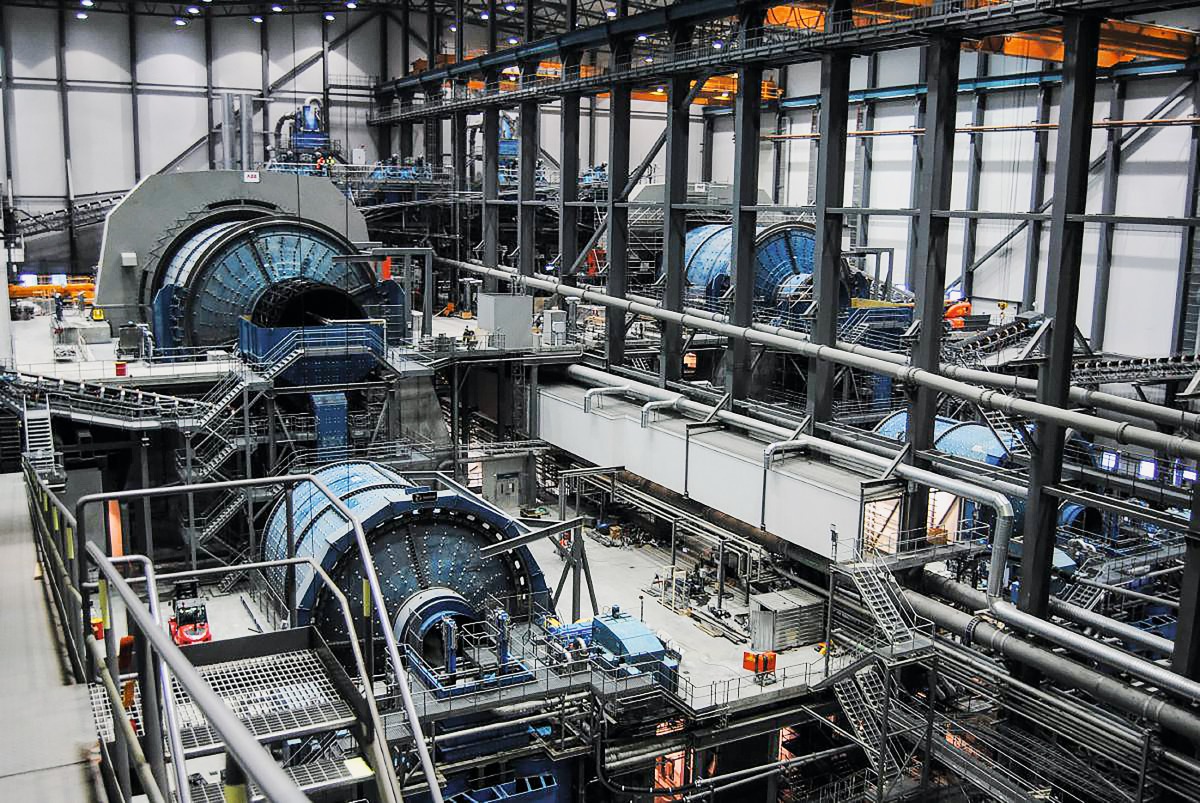Mineral processing refers to the physical and mechanical removal of minerals from ore, or any other harmful materials. There are many ways to complete this process, they all require several essential steps. The first step involves physically breaking massive rocks in order to become smaller pieces that are much easier to work with. Another common method of separating the minerals is by grinding the rocks into smaller pieces. The next stage in mineral processing is to add water to make a slurry which separates valuable minerals from waste. The final stage involves removing and drying the valuable minerals.
You can also use large-scale machines or hand-pick to extract minerals. The extraction of the ore from the ground is only a small portion of the process; this is followed by a method for extracting the minerals and materials that compose the metal.
The equipment typically utilized in mineral processing plants comprise jigs and concentrators as well as flotation cell and autogenous mills. Ballmills, trommels, shaker table, magnetic separation equipment, gravity extraction methods, as well as ball mills.
The creation of many elements such as copper, gold, and nickel is dependent upon mineral processing. Mineral processing, even though it appears complicated initially, it is actually a relatively simple procedure of extracting valuable minerals and adding simple chemicals to remove them.

Some fundamental rules for successful mineral processing:
The ore should be free from contaminants that are waste, such as gangue. The material should not be contaminated of sulfides, soluble salts and dry. It should have a good shape or be easily cut into pieces small enough to allow for treatment.
Acceptable ore should contain fewer sodium sulfide and salts that dissolve than other types. They are among the most troublesome types of sulfur and salt that could cause issues when processing. The ideal is to have large pieces of good circular shapes, so that they can quickly be cut into smaller pieces without cutting or grinding machines.
Comminution involves breaking down ore into smaller pieces. The finer the comminutionis, the greater the surface area the mineral is exposed to reagents, which will allow for more efficient processing. The size of the particles are limited by the machinery used in mineral processing generally ranges from 5 millimeters to 0.074 mm in diameter for particles going through a round hole sieve, however it can be up to several decimeters in the event that only the larger portions are of interest.
The machines that grind or break the rock into smaller pieces includes mills and crushers. Crushers can break up large pieces of mineral into smaller pieces. There are various types of crushers, including impact crushers as well as compression crushers, which make use of high-speed steel teeth to break ore by compressing it, often done in stages, with the size of specific mineral parts being reduced gradually.
Mills make pulp from ore by grinding ore on two surfaces that move at various speeds. The surfaces are generally covered with manganese liners, typically manganese steel because it is more durable than other element of alloying. Manganese steel liners are difficult to replace or repair when they’ve worn out.
A different step in mineral processing is to separate the precious minerals from debris. Density and magnetic separation are two common methods of seperation.
Magnetic separation employs magnets to separate minerals and the gangue materials. Trommels and drum-type separators as well as pulsed field separators can all be employed for magnetic separation. These devices are utilized to separate valuable minerals based on their density, form, and magnetic characteristics. The method chosen depends on numerous factors such as rock type (i.e. sulfuric or sulfide or clean) as well as the size of the equipment ore characteristics (i.e. crushing is easy or crushing, hard or easy), presence of magnets in ore or waste streams as well as the level of dilution etc.
For more information, click toll processing